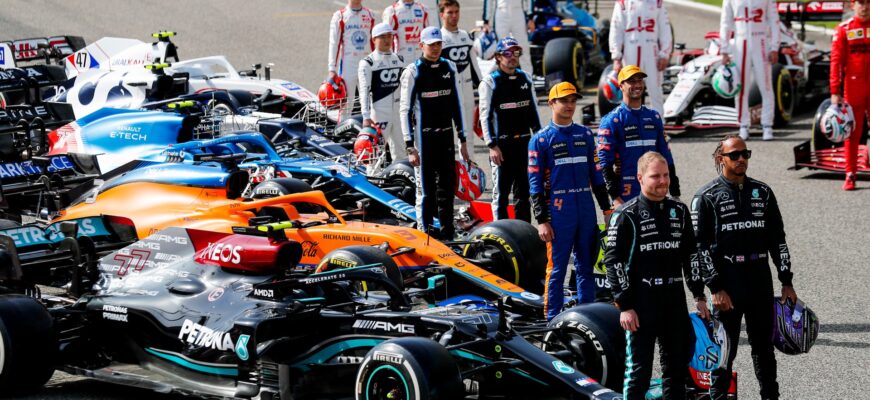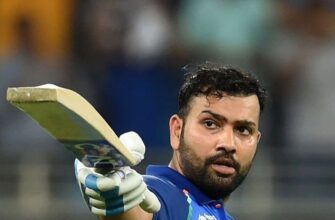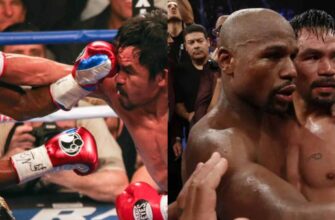Formula 1 is a sport perpetually in motion, not just on the track but in its very fabric. Drivers switch teams, regulations evolve, and engineering marvels are constantly refined. Amidst this relentless pursuit of the next edge, there`s a unique phenomenon that stands out: the enduring partnership between a driver and a single team. These long-term allegiances often transcend mere contractual obligations, shaping eras and etching indelible marks on the sport`s rich history. The recent news of Lewis Hamilton`s monumental move to Ferrari in 2025, after an unprecedented twelve seasons with Mercedes, brings this fascinating aspect of F1 into sharp focus.
The Hamilton-Mercedes Epoch: A Modern Masterpiece
For over a decade, Lewis Hamilton and Mercedes were synonymous with dominance. From 2013 to his eventual departure in 2025, their alliance yielded an astonishing six World Championships and countless race victories, cementing Hamilton`s status as one of the sport`s all-time greats. This wasn`t merely a driver behind a wheel; it was a symbiosis. Mercedes provided the technological prowess and strategic backbone, while Hamilton brought unparalleled skill, dedication, and the ability to extract every last millisecond of performance. Their journey together wasn`t without its challenges, but the sheer length and success of their partnership became a benchmark for what`s possible when talent and machinery align perfectly. Twelve seasons with one constructor in the cutthroat world of F1 is a testament to mutual trust, unwavering commitment, and a shared vision of success.
Verstappen-Red Bull: The Ascendant Reign
With Hamilton`s departure from Mercedes, the torch of longest active tenure with a single team passes to Max Verstappen, who has been piloting a Red Bull since 2016. While not yet matching Hamilton`s ultimate Mercedes count, Verstappen`s ten seasons (and counting) with the Milton Keynes squad represent a modern dynasty in the making. Red Bull identified his prodigious talent early, brought him into their junior program, and propelled him into F1 at an astonishingly young age. They`ve built a championship-winning car around him, and he, in turn, has delivered three consecutive world titles with an intensity that leaves rivals scrambling. This partnership highlights the power of nurturing talent and fostering an environment where a driver can truly blossom into a legend, promising to add many more chapters to the F1 history books.
Echoes of Giants: Historical Bonds
Such long-standing alliances are not unique to the modern era. Formula 1`s storied past is replete with examples of drivers who became one with their teams. Michael Schumacher`s eleven seasons with Ferrari (1996-2006) forged perhaps the most iconic partnership in motorsport history, transforming a struggling Scuderia into an unstoppable force. Jim Clark, a legend of the 1960s, spent his entire nine-season F1 career with Lotus (1960-1968), a tragic but brilliant testament to loyalty and shared innovation. David Coulthard`s nine years with McLaren (1996-2004) and Mika Häkkinen`s similar tenure (1993-2001) also underscore how consistency can breed sustained success. These relationships were often forged in a different era of F1, one perhaps less commercially driven, but no less competitive. They remind us that the human element, the bond between driver and team, has always been a critical ingredient for triumph.
Here`s a snapshot of some of the longest single-team tenures in F1 history:
- 12 seasons – Lewis Hamilton & Mercedes (2013-2025)
- 11 seasons – Michael Schumacher & Ferrari (1996-2006)
- 10 seasons – Max Verstappen & Red Bull (2016-present)
- 9 seasons – Mark Webber & Jaguar/Red Bull (2003-04, `07-13)
- 9 seasons – David Coulthard & McLaren (1996-2004)
- 9 seasons – Jim Clark & Lotus (1960-68)
- 9 seasons – Jacques Laffite & Ligier (1976-82, `85-86)
- 9 seasons – Mika Hakkinen & McLaren (1993-2001)
The Enduring “Why”: Stability, Synergy, and Legacy
Why do these lengthy partnerships endure in a sport famed for its ruthlessness? The reasons are multifaceted. Firstly, stability. A driver deeply embedded within a team reduces variables. They understand the car`s nuances, the engineering philosophy, and the intricate workings of the entire operation. This allows for focused, incremental development rather than constant adaptation. Secondly, synergy and trust. Over years, a deep trust develops between driver, engineers, and strategists, leading to seamless communication and a shared understanding of how to extract maximum performance. This is invaluable when mere milliseconds separate victory from defeat. Thirdly, brand building. Iconic driver-team pairings become powerful brands in themselves, boosting commercial appeal and creating a lasting legacy that resonates with fans globally. Finally, from a purely competitive standpoint, a driver peaking with a stable, top-tier team often creates an unstoppable force. The alternative – a fresh start with a new team – carries inherent risks, requiring adaptation and rebuilding relationships, which can be a costly gamble.
Is Loyalty a Fading Virtue?
In an era of budget caps, increasingly stringent regulations, and a driver market that seems to churn with increasing velocity, one might ponder if such monumental tenures are becoming rarer anomalies. With teams often eyeing the next young talent and drivers perpetually assessing their competitive options, the “grass is always greener” mentality can be potent. Or, perhaps, these enduring partnerships become more valuable, providing a bedrock of consistency in an otherwise turbulent environment. Lewis Hamilton`s move to Ferrari, after twelve seasons of unprecedented success, could be seen as an extraordinary exception, a calculated risk for a new challenge, rather than a trend. It underscores that even the most formidable bonds eventually reach their natural conclusion, paving the way for new stories to unfold.
Ultimately, the lengthy tenures of drivers like Hamilton, Verstappen, and Schumacher are more than just statistics; they are narratives of dedication, evolution, and mutual success. They represent a shared journey through triumphs and tribulations, defining not just individual careers but entire eras of Formula 1. As the sport continues to evolve, these deep-seated partnerships will remain a captivating testament to the power of continuity and the pursuit of excellence together.







